In this article, SJB’s Monica Edwards writes on how straddling the role of educator and designer can help us pose the questions that really matter in learning environments, and in life.

Monica Edwards, senior associate and education lead, SJB.
December 6th, 2022
The first time I witnessed it, I was hooked. I still am. I’ve been tutoring undergraduate students of architecture for close to ten years, returning each year without hesitation, just so that I can witness that visceral, single aha! moment. It doesn’t happen often, but when it does, the world is still; complete. It is both a single point of focus, full of joy and satisfaction, and bursting with potential and the excitement of possibility. It’s also visual – that transfer from uncertainty to understanding. I ache for it; and I’m always surprised about whom I experience it with.
There is something magical in the spaces where learning takes place, at least for the educator. The space is alive, and my focus is entirely on the learner, as an individual, and the learners, as a group. I am guided by the longing to meaningfully connect them with the content and with each other. As a tutor, I prefer to facilitate over instruct; ever nimble, always adapting in response to the unique people in front of me.
The spaces that we inhabit fall away, I don’t pay much attention to them, which is entirely removed from my professional priorities as an architect who designs schools. I recall a reflection from a school principal: “a good teacher can teach anywhere”. If this is true then what are the questions a designer must ask when designing schools?
Related: Indesign #88, the ‘Education Outlook’ issue, is out now, purchase here.
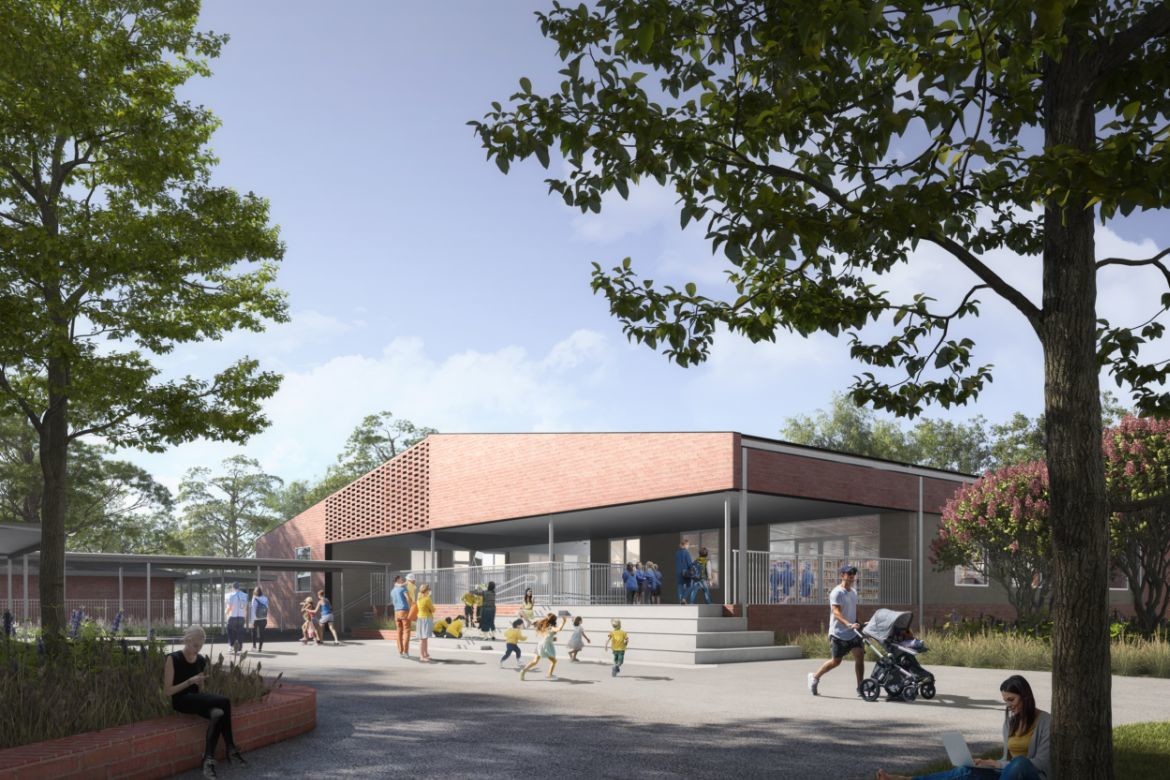
Why now?
Everyone is interested in education.
Learning spaces connect us with the past and the future. They are deeply charged with a desire to correct past wrongs and to influence future directions. School-building is often the single biggest investment in a community for a generation. “Why now?” helps the designer to understand the key players, those individuals or groups with the capacity to influence change, and the tipping point between tolerance and necessity for change. Comprehending urgency sets the parameters of a project whilst also providing cues to test preconceptions and assumptions.

Who am I?
Everyone has a back story.
To build respectful, transparent, and productive relationships with communities, honesty is key. Developing awareness of personal priorities and past experiences allows a designer to be open to listening to their client and school stakeholders. By acknowledging what we know, who we are and how we work, we nurture an awareness to invite what we don’t know.
Through exposure to different knowledge via workshops and collaboration, designers stimulate the nexus of knowing and unknowing for innovation and opportunity to take place. Everyone in a school community can be designers and it is our role to realise this.

Who needs this?
Everyone needs choice.
Schools are composed of students, teachers, families, and communities, as well as those institutions responsible for their management and upkeep. The conundrum of school design is mediating the loudest voice within limited resources. Students have little choice when it comes to the socia contract of showing up at school. Some thrive there, others struggle, but our role as designers is to find a place for everyone, places that respond to difference.
The aspiration to be fair has led to standardisation in schools – in the curriculum, the school design or the desire for an equitable distribution of public funding. Yet true equity and a celebration of diversity is found in choice.
Designers can offer choice to students within the constraints of a standardised brief, in the spaces between zoned functions and school buildings; in the interactions of people as they circulate throughout the day; in the liveliness of space represented through sound, light, texture, colour and the inverse, protection; in the sequence of experiences where people gather, offering a spectrum between observer and observed; and in the provision of spaces that permit experimentation. If a good teacher can teach anywhere, then a great student can be found when they are offered choice to find safe, secure and comfortable spaces that inspire each individual to rise to their challenge and illuminate their strengths.

Where are we?
Everyone needs connection.
Schools shape communities as much as communities shape schools. They bring routine and structure to the day, best marked by pilgrimage. They are a place for lifelong learning, a home for social gatherings and community life, and the possibility of surprise after chance encounters or spontaneous chats.
Every school is located in a place made unique by geological features, views and aspect, natural history, plants and animal life. Every school is embraced by the sun, with the relationship to light and shade changing across the school year. Responding to context and local culture enlivens learning, offering students a solid grounding and confidence in where they are from and where they are going to.
I had my own aha! moment recently. The more I learn about Connecting with Country and how First Nations principles offer a connection to be one with the world — to observe, learn, grow and love — the more I realise that designing with Country offers a path towards a future that I want to be a part of.
Where are we? Always was, always will be Aboriginal land.

Monica Edwards is a senior associate and education lead at SJB. This piece coincides with Indesign magazine #88, the ‘Education Outlook’ issue, which is out now. Purchase here!
SJB
sjb.com.au
We think you might also like this story on 52 Reservoir Street by SJB.
INDESIGN is on instagram
Follow @indesignlive
A searchable and comprehensive guide for specifying leading products and their suppliers
Keep up to date with the latest and greatest from our industry BFF's!
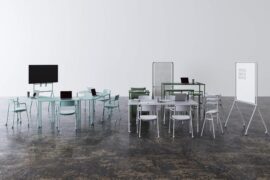
Welcomed to the Australian design scene in 2024, Kokuyo is set to redefine collaboration, bringing its unique blend of colour and function to individuals and corporations, designed to be used Any Way!

From the spark of an idea on the page to the launch of new pieces in a showroom is a journey every aspiring industrial and furnishing designer imagines making.
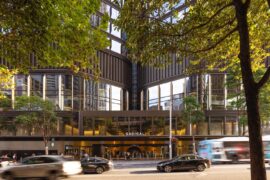
Rising above the new Sydney Metro Gadigal Station on Pitt Street, Investa’s Parkline Place is redefining the office property aesthetic.

London-based design duo Raw Edges have joined forces with Established & Sons and Tongue & Groove to introduce Wall to Wall – a hand-stained, “living collection” that transforms parquet flooring into a canvas of colour, pattern, and possibility.
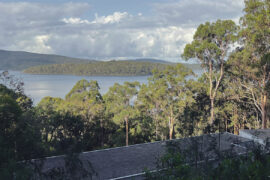
With projects shortlisted for Habitus House of the Year 2025, Anthony Gill and Jason Gibney join the podcast to discuss the state of housing in Australia today.

Making a splash on the hair spa scene, the latest project from X + O makes a little slice of Japan right at home in suburban Melbourne.
The internet never sleeps! Here's the stuff you might have missed
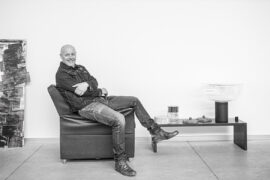
We caught up with Abramo Manfrotto, CEO of Venetian decorative lighting brand LEUCOS, during a visit to Australia with dedece.
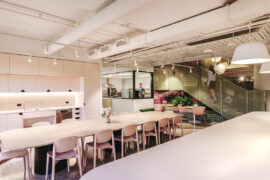
Gray Puksand’s adaptive reuse of former Melbourne office into Hester Hornbrook Academy’s new City Campus shows how architecture can support wellbeing, connection and community.